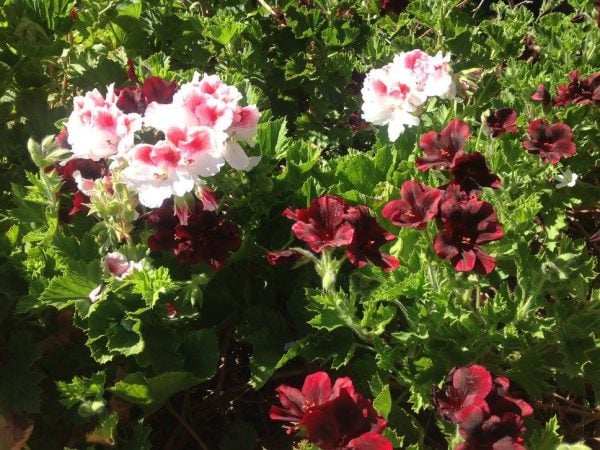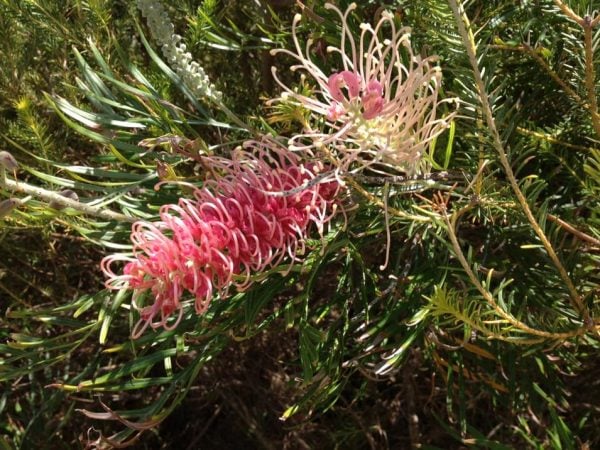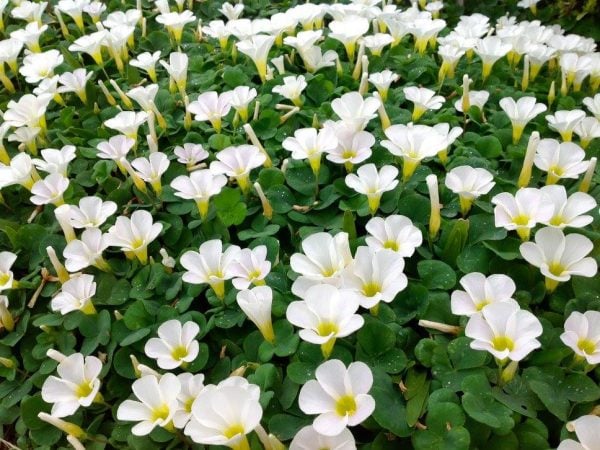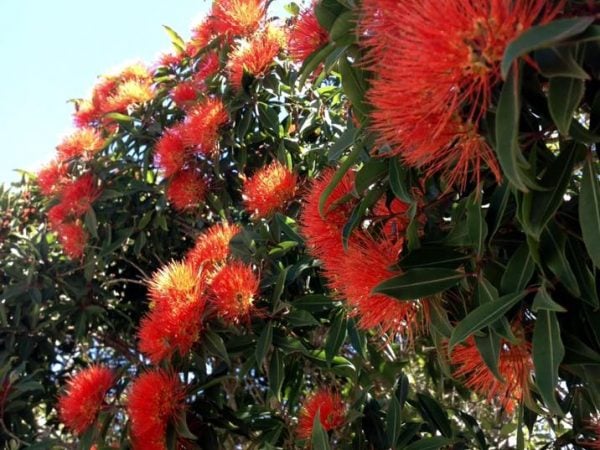Remember these tips are a guide only. Your individual situation may require professional help.
Here we go again! My beloved Freesias will have been heralding spring for a while now. There are some colourful varieties available and these would need to be planted in Autumn. Then once you plant them, they’ll come up every spring.
The need for watering of gardens and lawns will become more crucial as the days continue to warm, depending on what the Lord sends.
Gardens which have not been mulched should be now to hold onto moisture and reduce weeds, including under fruit trees and the veggie patch. I am a fan of aged tree loppers mulch which has a combination of fine material and larger wood chip. It makes a good mulch and over time it builds the soil. I buy it from my supplier as forest mulch but it’s also called leaf mulch elsewhere.
Drip irrigation, ooze hoses or soaker hoses are a good concept which allows deep watering. So be prepared to keep things alive with regular watering. As the warmth increases, so will the growth of plants, lawns and weeds. You can also fertilise the lawn, without watering in, if you use a slow release product like ‘Scotts Lawn Builder’ which would then be activated by the next rainfall.
A great variety of annuals can be planted in September but you may be enjoying your spring annuals planted earlier. Pansies will last until the very hot weather arrives. Think about planting warm season annuals, such as Petunias now. Aurora Daisies are a recommended plant also. If you are one of those with more available time than money, you can begin germinating your own seeds in seed raising mix ready to replace your spring display. Or else you can transplant cheap bulk buys of small annuals into very small pots to grow them on. Then when it’s time you will have already established plants ready to plant out.
In the vegetable garden, plant summer vegetables after preparing the soil with organic matter, such as compost and cow manure. If you did this earlier then you are a step ahead. Warm season herbs will now grow. Successive plantings of Coriander will help maintain a regular supply. They tend to go to seed in hot exposed gardens. Keep annuals, herbs and veggie garden plants moving along with liquid fertiliser, Seasol and pelletised fertiliser.
Continue to wage war on slugs and snails around plants which they enjoy eating; any rain will bring them out. Be on the lookout in and around empty plastic pots and the like. It’s a good idea to reduce the places like this, which . can hide in. Use snail bait and hand removal (squashing).Try to avoid snail baiting all parts of the garden, particularly damp, dark areas where native snails may live. These actually eat the regular snails, as do bluetongue lizards. There is a child/lizard/pet friendly variety available called Multiguard.
To deal with clover and broad leafed weeds in lawns, fertilise the lawn now in spring (if conditions will allow) and then 10 days later, apply the appropriate chemical, depending on whether your lawn is Buffalo grass or not. If it is, then avoid products containing Dicamba. It’s too late to control Bindii. You may have to hit them with the brushcutter, or dig them out, if they weren’t treated earlier. If you don’t mow too low, then your lawn will have fewer weeds in the first place. When it comes to fertilising lawns, don’t overdo it. Normally, once now and then again in March is fine, unless you want to mow it constantly. Lawns needn’t be dark green all the time. Be mindful that a lot of fertiliser ends up in the water system and creates environmental havoc.
Fertilise Citrus if it hasn’t been done yet. These days, for fruit trees and vegetable gardens, I combine cow manure, compost, aged chicken manure, organic mulch and regular watering. I’m wary of commercial chemical fertilisers. The organic approach will make your soil healthy, which will give you a healthier tree, which stands a better chance of yielding a good crop. Be mindful not to place material too close to the base of the tree, or you will end up with collar rot, which is a breakdown of the bark caused by fungal attack. If that ever happens, scrape away the affected bark and paint the area with oil based paint. It has worked for me. Brown would be the preferred colour!
Prune Callistemons, and natives, including Grevilleas, when they have finished flowering, if they haven’t been done yet. Check for aphids on new growth of plants and treat with warm soapy water. Lightly prune Camellias which have finished flowering. Continue to allow foliage of spent bulbs to die back. Think about container grown trees and plants, including dwarf varieties of citrus as the stock becomes available (though there may not be much out there just yet). Change the air filter, blades and oil in your lawn mower now so that it runs like a clock for the rest of the season.




